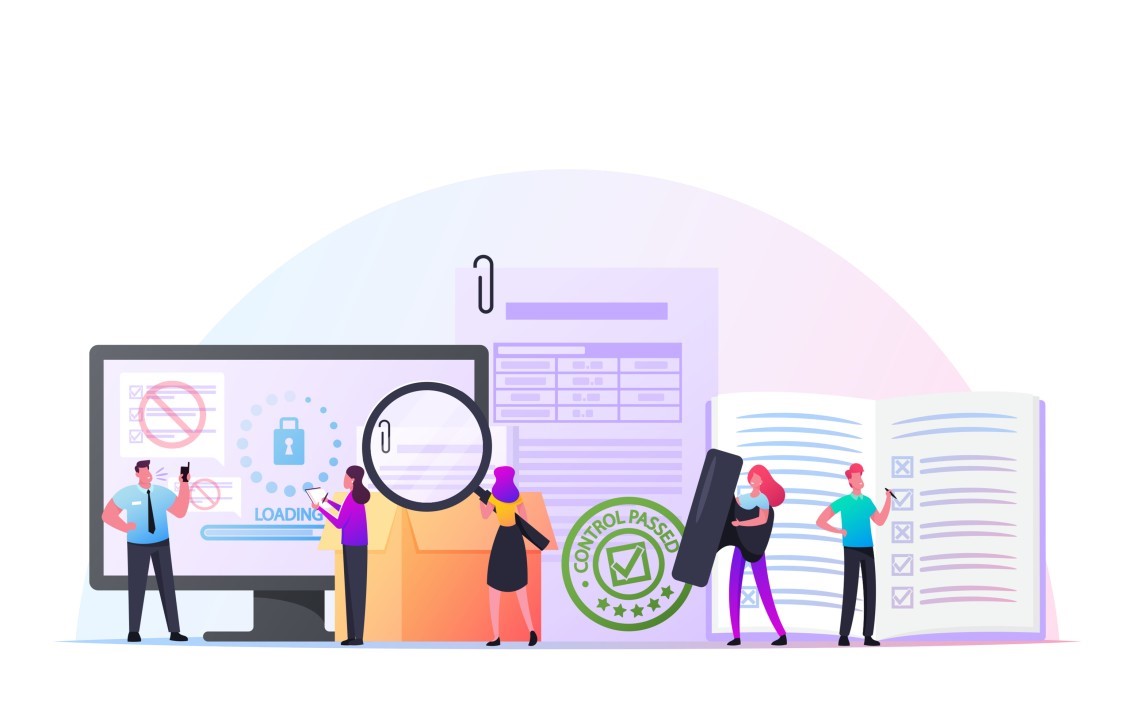Writing elaborate documents is a great pastime for people who love to play with words. However, if it has “zero” value for the organization as such, I hope nobody is paying for it. A data strategy – in my humble view – is an operational document, a plan, that helps management put in place structures and processes to “harvest” the value that waits to be uncovered in the depths of a data lake or the far ends of a data warehouse. But where to begin? Setting your goals should be top priority before kicking off any strategic data project. What is the main goal you seek to accomplish? Is it innovation? Is there a set of user needs you aim to address? Are you engaging with the data project to tackle current cyber threats or to incorporate the ever changing regulatory framework?
Whatever the case may be, any operational data project will likely start from a concrete business case. [Interesting point here: you could work “bottom-up” – winning over management by picking the low hanging fruit and generating evident (small-scale) successes or work “top-down” with a broader strategy that aims to incorporate individual projects in a more encompassing framework.]
When making the business case for a data project, it is good to fall back on what the Information Systems literature has tried to teach us since its inception: any information system consists of (1) people, (2) process, and (3) technology. Missing one of these elements almost guarantees the failure of any new system. a simple yet effective “tool” that can be used to determine the goals of a data project is the “Data Value Map” (DVM) that Nagle et al. (2019) presented in a position paper. Simplistically, the tool aims to answer:
- Why is the data used the way it is? In other words: what are the underlying objectives and motivations for doing the data task?
- What data is involved?
- When is the data… (being stored, used, …): highlights the temporal aspect.
- Who…the data: puts the focus on “people” using the data
- Where…the data: puts the focus on the technology
- How…the data: puts the focus on process
“Ownership of data is often abdicated by those who have most to benefit (business owners) and transferred to those who lack the knowledge/domain expertise (technologists) to ensure its quality is maintained and value realized.”
Nagle et al., 2019, p. 2
If the pitfalls of technological fetishism are to be avoided, the business stakeholders need to be a core stakeholder group involved in any data project. It is also their help and deep knowledge of the business processes that will help build a sound business case for the different data projects that management would like to realize. Imagine technology stakeholders being confronted with questions about the “Return on Investment” of a given project. Only a small group of them, if any, would be able to build a convincing case.
Whether you are working “bottom-up” or “top-down,” we can help you with defining clear goals that will help generate significant returns on data (innovation) tracks. A nice local example of a “bottom-up” approach is the “Start AI” initiative where the Flemish government (with the help of Agoria) helps organizations detect the “low-hanging” fruit when it comes to operationalizing Artificial Intelligence within the organization.



